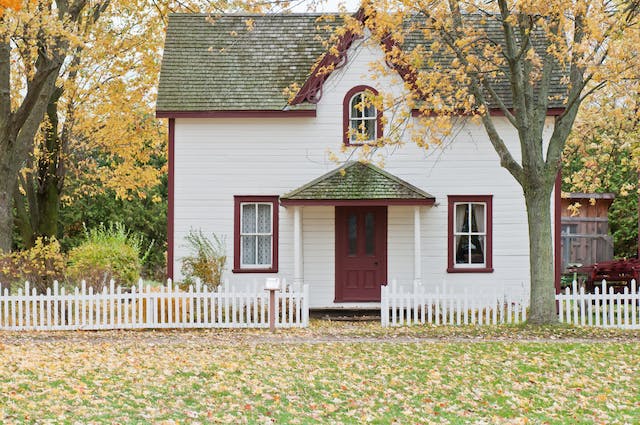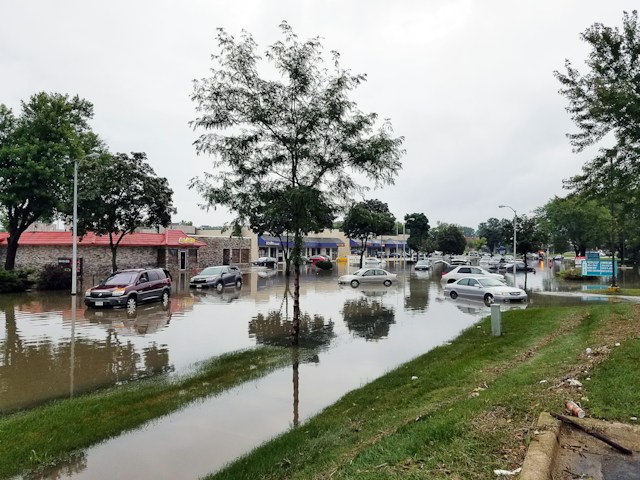Homeowners insurance policies provide coverage for a wide range of risks and hazards, including damage caused by fires, storms, theft, and more. However, not all types of damage and losses are covered by these policies. Understanding what is not protected by most homeowners insurance policies can help you make informed decisions about your coverage options and protect yourself from potential financial losses.
Exclusions for Natural Disasters
One of the most significant exclusions from most homeowners insurance policies is damage caused by floods or earthquakes. While both of these hazards can cause significant damage to a home, they are typically not covered by standard homeowners insurance policies. Instead, homeowners must purchase separate flood or earthquake insurance policies to protect themselves against these risks.
Pest and Vermin Damage
Another common exclusion from homeowners insurance policies is damage caused by pests or vermin. Many policies do not provide coverage for damage caused by termites, rodents, or other pests, which can be costly to repair. Homeowners can purchase additional endorsements or riders to their policies to cover these types of losses, but they will usually come at an extra cost.
Wear and Tear and Age-related Damage
Homeowners insurance policies also typically exclude damage caused by wear and tear or normal aging. This means that if your roof needs to be replaced because it has reached the end of its useful life, your homeowners insurance policy is not likely to cover the cost of the replacement. Similarly, if your pipes burst because they have become old and corroded, your policy will probably not provide coverage.
Intentional Damage
Another area where homeowners insurance policies may fall short is in covering damage caused by intentional acts. For example, if someone vandalizes your property or starts a fire on purpose, your homeowners insurance policy will typically not provide coverage. If you have concerns about vandalism or arson, you may want to consider purchasing additional coverage.
High-Value Items
Finally, many homeowners insurance policies also exclude coverage for items that are considered to be high-value items such as jewelry, art, and collectibles. If you have expensive possessions that you want to protect, you may need to purchase a separate policy or endorsement to provide coverage for these items.
Homeowners insurance policies provide protection against a wide range of risks and hazards, but they do not cover everything. Floods, earthquakes, pests, normal wear and tear, intentional acts, and high-value items are among the most common exclusions from these policies. To ensure that you are properly protected against potential financial losses, it’s important to understand what is not covered by your policy and consider purchasing additional coverage as needed. As a homeowner, it’s important to know about homeowners insurance exclusions to ensure that you have adequate coverage and protection for your home.

